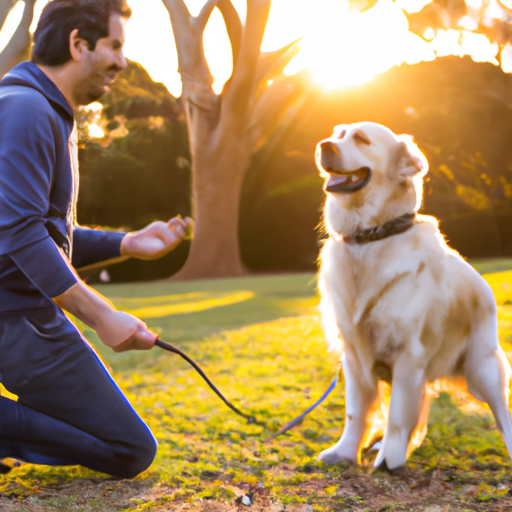As a caregiver, training your dog can be a rewarding and enriching experience. This guide will provide comprehensive strategies for successful dog training and answer common questions to ensure your journey is as seamless as possible.
Understanding Your Dog
Understanding your dog is the first step in effective training. Dogs have unique personalities, so comprehending their temperament and motivations is crucial.
- Breed Traits: Some breeds are naturally more active or vocal than others.
- Individual Personality: Like humans, every dog has a unique personality. Do they love cuddles? Are they food-motivated? Utilize these clues in your training.
- Socialization: Dogs need positive interactions with humans and other dogs to build confidence and reduce fear.
Setting Up a Training Schedule
A consistent training schedule is essential for your dog to learn and retain new behaviors.
- Frequency: Training sessions should take place daily, if possible.
- Duration: Sessions should last 15-20 minutes to maintain your dog’s attention.
- Timing: Conduct sessions when your dog is relaxed but alert, such as after a walk.
Using Positive Reinforcement
Positive reinforcement is a powerful training method. Reward your dog for desired behavior, and they are likely to repeat it. Here are some ways to reinforce your dog’s good behavior:
- Treats
- Praise
- Toys
- Playtime
Avoiding Negative Punishments
Avoid using punishments like yelling, hitting, or isolation, as these can cause fear and anxiety, leading to undesirable behaviors. Instead, ignore the behavior or redirect it towards something positive.
Teaching Basic Commands
Basic commands like “sit”, “stay”, “come”, and “heel” are essential for your dog’s safety and well-being. Here’s a simple method to teach the “sit” command:
- Hold a treat close to your dog’s nose.
- Move your hand up, allowing their head to follow the treat and causing their bottom to lower.
- Once they’re in sitting position, say “sit”, give them the treat, and share affection.
Repeat this sequence a few times every day until your dog masters it. Then, start teaching the other commands in a similar manner.
Socializing Your Dog
Socialization is essential for your dog’s mental and emotional health. It involves introducing your dog to various people, animals, environments, and experiences. Here are some tips:
- Start early: The best time for socialization is during the puppy stage.
- Go slow: Introduce new experiences gradually to avoid overwhelming your dog.
- Keep it positive: Make sure every new experience is positive, using treats and praises.
Dealing with Behavioral Problems
Behavioral problems like excessive barking, chewing, or aggression can be challenging to handle. Consult a professional dog trainer or a veterinary behaviorist for guidance.
| Problem | Possible Solution |
|---|---|
| Excessive barking | Ignore the barking, use a quiet command, or distract with a toy. |
| Chewing | Provide chew toys, use a deterrent spray, or consult a vet for underlying issues. |
| Aggression | Consult a professional immediately to prevent harm to others or the dog. |
FAQ
Q: How long does it take to train a dog?
A: It depends on the dog’s age, temperament, and the skills you’re trying to teach. Patience and consistency are key.
Q: What if my dog isn’t motivated by treats?
A: Not all dogs are food-motivated. You can try using toys, praise, or play as rewards.
Q: My dog is scared of other dogs. What should I do?
A: Consult a professional. They can provide guidance on gradual, safe socialization techniques.
Q: What should I do if my dog is aggressive?
A: Seek help from a professional immediately. Never try to manage aggression alone, as it can endanger you, others, and your dog.
Training your dog requires time, patience, and understanding, but the rewards are worth it. It not only enhances your relationship with your dog but also ensures their safety and well-being.



